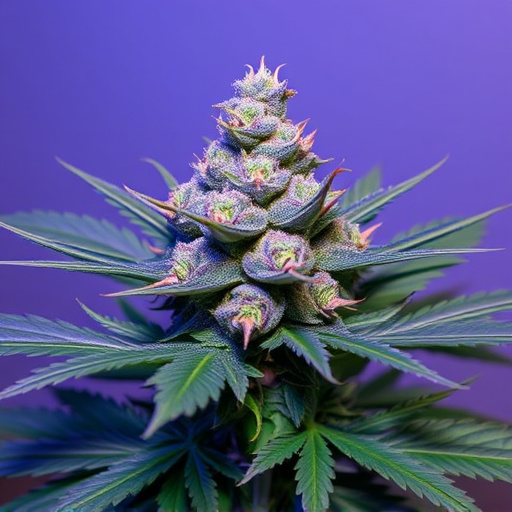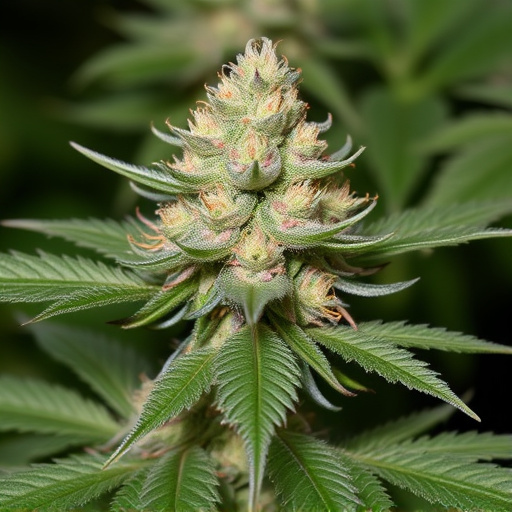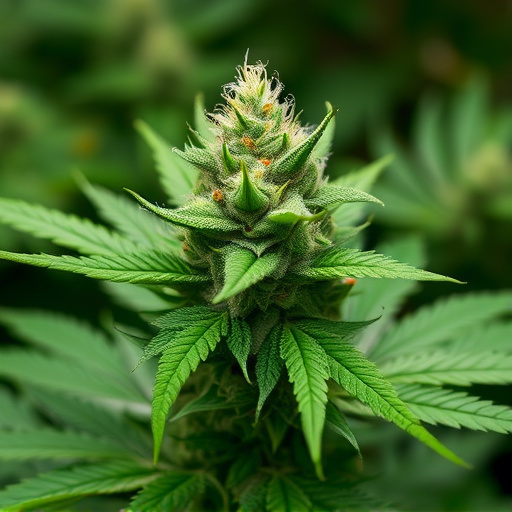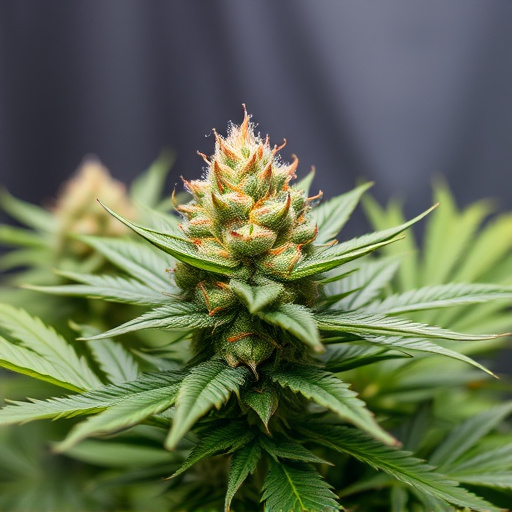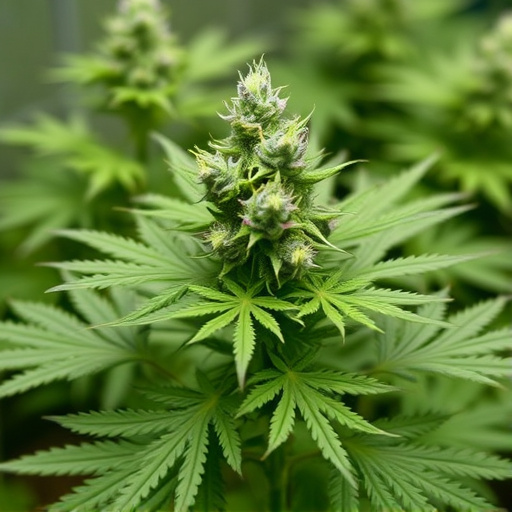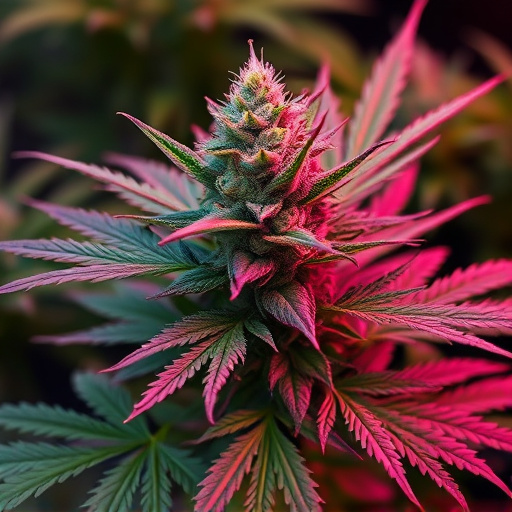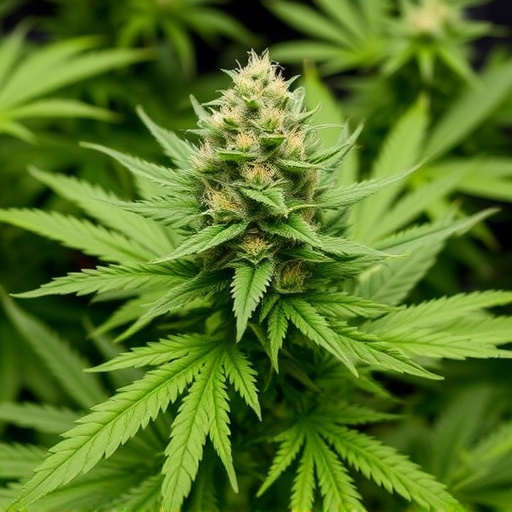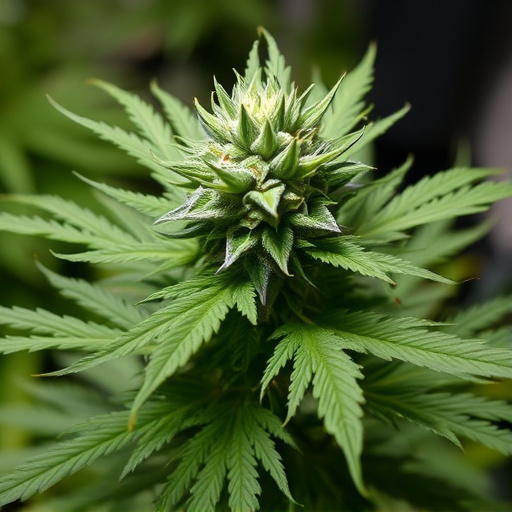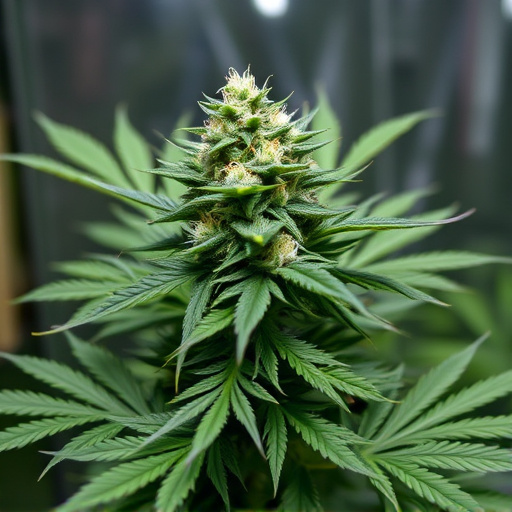Full-spectrum cannabinoids include all natural compounds from cannabis, offering synergistic therapeutic benefits known as the entourage effect. Unlike isolated cannabinoids like THC or CBD, full-spectrum products provide a more diverse range of benefits. Cultivating easy-to-grow cannabis strains with robust full-spectrum profiles is gaining popularity among growers aiming to offer superior medicinal products.
In today’s cannabis market, understanding the distinctions between full-spectrum and isolated cannabinoids is vital. This article delves into these complex compounds, offering insights into their unique properties, interactions with the human body, and therapeutic potential. We explore how the process of isolation impacts cannabinoid profiles, uncovering specific benefits for targeted treatments. Furthermore, we consider the practical implications for consumers by examining the easiest cannabis strains to grow for both full-spectrum and isolated production, highlighting varieties suitable for home cultivation and their growing difficulty.
- Understanding Full-Spectrum Cannabinoids
- – Definition and characteristics
- – How they interact with the body's endocannabinoid system
Understanding Full-Spectrum Cannabinoids
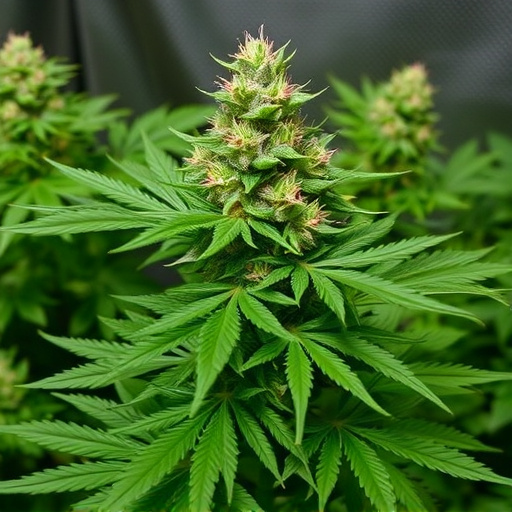
Full-spectrum cannabinoids refer to a type of cannabis product that contains all the natural compounds found in the plant, including terpenes, flavonoids, and other minor cannabinoids. This is in contrast to isolated cannabinoids, which focus on individual chemicals like THC or CBD. Full-spectrum products are often seen as more beneficial because they mimic the plant’s natural profile, offering a complex interplay of compounds that may work synergistically together.
Growing the easiest cannabis strains is a popular choice among hobbyists and commercial farmers alike, and understanding full-spectrum cannabinoids is crucial in this context. Certain strains, known for their high CBD or THC content, are often cultivated to provide a specific cannabinoid experience. However, full-spectrum advocates argue that growing whole plant material allows for a more diverse range of benefits, as it captures the entire chemical makeup of cannabis, making it a game-changer in terms of both cultivation and consumer experience.
– Definition and characteristics
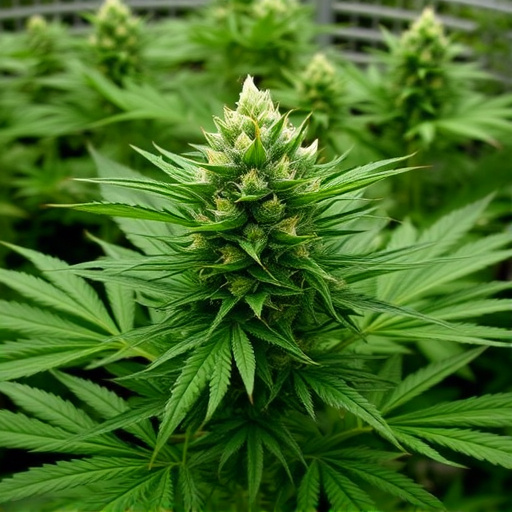
Cannabinoids are chemical compounds found in the cannabis plant, known for their diverse therapeutic effects on the human body. When discussing cannabinoids, two primary categories emerge: full-spectrum and isolated. Full-spectrum cannabinoids refer to the natural compounds found in the plant, including a wide range of terpenes, flavonoids, and other minor cannabinoids, all working together synergistically. This complex mix is often associated with the “entourage effect,” where the combination of these compounds enhances the overall therapeutic benefit. On the other hand, isolated cannabinoids are single compounds extracted from the plant, such as THC or CBD, without the presence of other terpenes or flavonoids. While effective in targeting specific conditions, isolated forms may not replicate the full spectrum’s entourage effect, making full-spectrum extracts often considered more potent and easier to grow among the easiest cannabis strains. Growers who aim to cultivate high-quality cannabis for medicinal purposes often prefer full-spectrum products due to their potential benefits from the plant’s entire chemical profile.
– How they interact with the body's endocannabinoid system
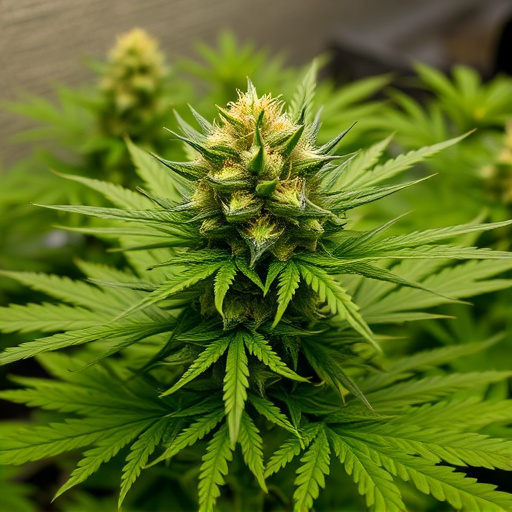
Full-spectrum cannabinoids and isolated cannabinoids interact with the body’s endocannabinoid system differently, which is key when considering their effects and potential benefits. Full-spectrum products contain a range of cannabinoids, including THC, CBD, and other minor compounds found naturally in the cannabis plant. These compounds work together to produce an ‘entourage effect’, where the combination of chemicals can enhance or modify each other’s actions. This means that full-spectrum cannabis may offer more diverse and balanced effects, as it mirrors the natural interaction of these compounds within the plant.
In contrast, isolated cannabinoids are single molecules extracted from the plant, such as CBD or THC alone. While they can still interact with the endocannabinoid system, they do so independently and without the support of other cannabinoids present in full-spectrum products. This isolation may result in more targeted effects, but it could also mean a less nuanced experience compared to full-spectrum cannabis. When considering the easiest cannabis strains to grow for these cannabinoid profiles, certain varieties are renowned for their high CBD content (ideal for isolated extracts) while others are known for their balanced THC and CBD ratios, catering to full-spectrum preferences.
When considering the easiest cannabis strains to grow, understanding the differences between full-spectrum and isolated cannabinoids is key. Full-spectrum cannabinoids, found in their natural form, offer a complex interplay of compounds that can enhance the overall therapeutic effect, interacting synergistically with the body’s endocannabinoid system. Conversely, isolated cannabinoids provide targeted benefits but miss out on these beneficial interactions. Opting for full-spectrum extracts allows cultivators and consumers alike to harness the complete potential of cannabis, leveraging its diverse compounds for optimal health and wellness outcomes.
